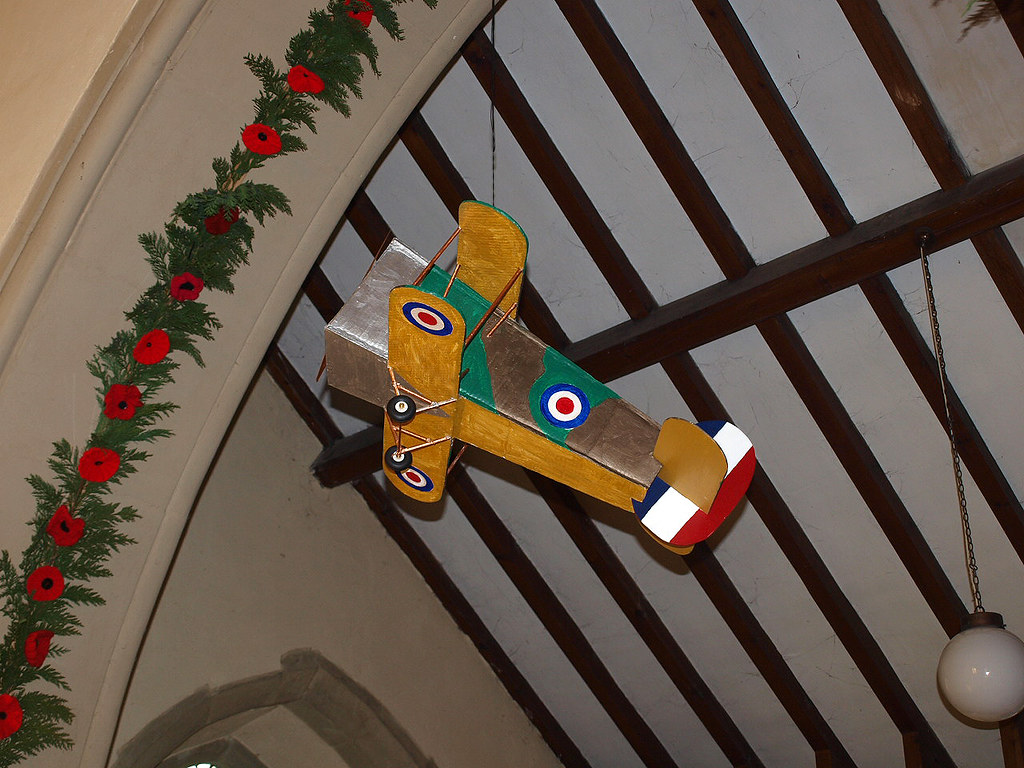ST GREGORY. Slate roofs. Altogether the church is far too restored to have an architectural story to tell. The only reason for the architectural traveller to enter is the PISCINA of the late C13 with a pointed-trefoiled arch and a pointed trefoil in bar tracery over it. - PLATE. Elizabethan Cup; Flagon 1755; Almsdish c. 1756.
BARNHAM. Set among stately firs and by lonely heaths, it is like a corner of Suffolk centuries behind the times, with some of its best possessions tucked away where no car can take us. We came down a lane by a thatched house and the old forge to find a cottage with a vine laden with grapes, and the ruined tower of a vanished church, which has been standing among all this loveliness for 700 years.
Barnham’s quaint houses, not far from the Little Ouse, are as enchanting now as when Robert Bloomfield came this way; he loved it all so much that he put it into a poem in this way:
Fresh from the Hall of Bounty sprung
With glowing heart and ardent eye,
With songs and rhyme upon my tongue,
And fairy visions dancing by,
The midday sun in all his power
The backward valley painted gay;
Mine was the road without a flower,
Where one small streamlet crossed the way.
With glowing heart and ardent eye,
With songs and rhyme upon my tongue,
And fairy visions dancing by,
The midday sun in all his power
The backward valley painted gay;
Mine was the road without a flower,
Where one small streamlet crossed the way.
The old windmill was working in his day, but its long years of service were just over when we called. Close by is the small church, its simple tower in among the trees, its nave sheltering a 13th century font, and in the chancel an exceptionally fine piscina, with tracery above beautiful shafts.



No comments:
Post a Comment